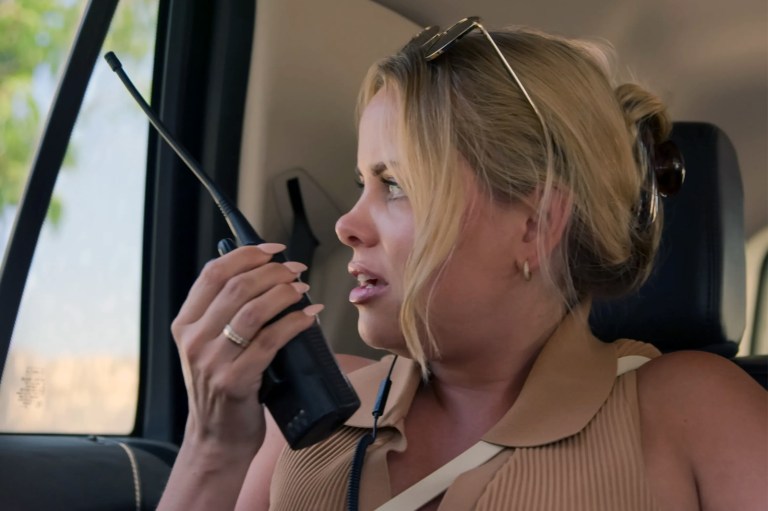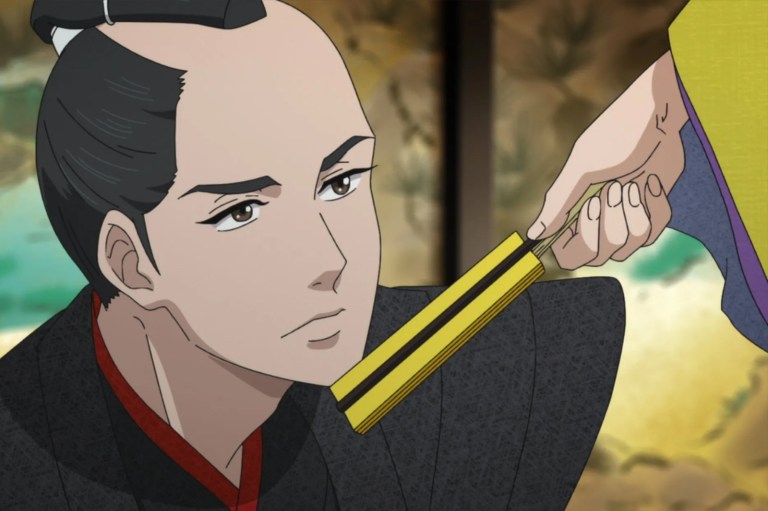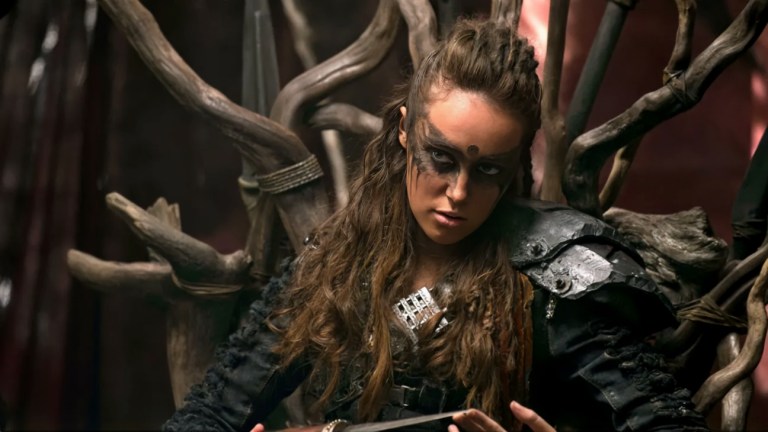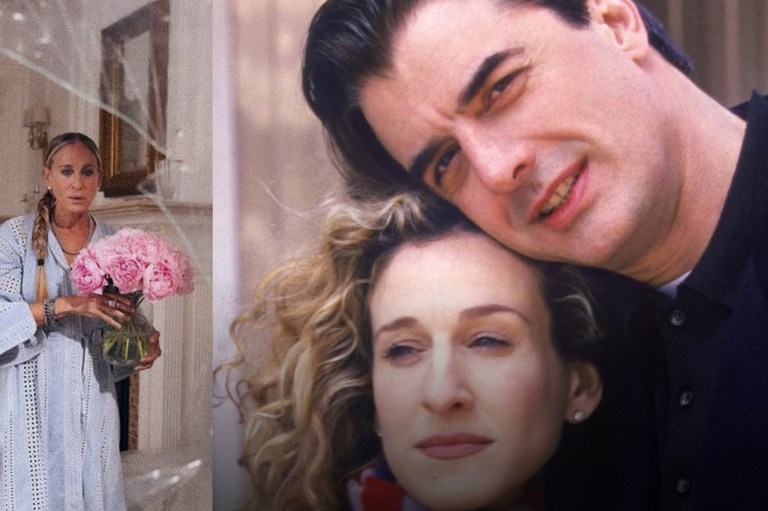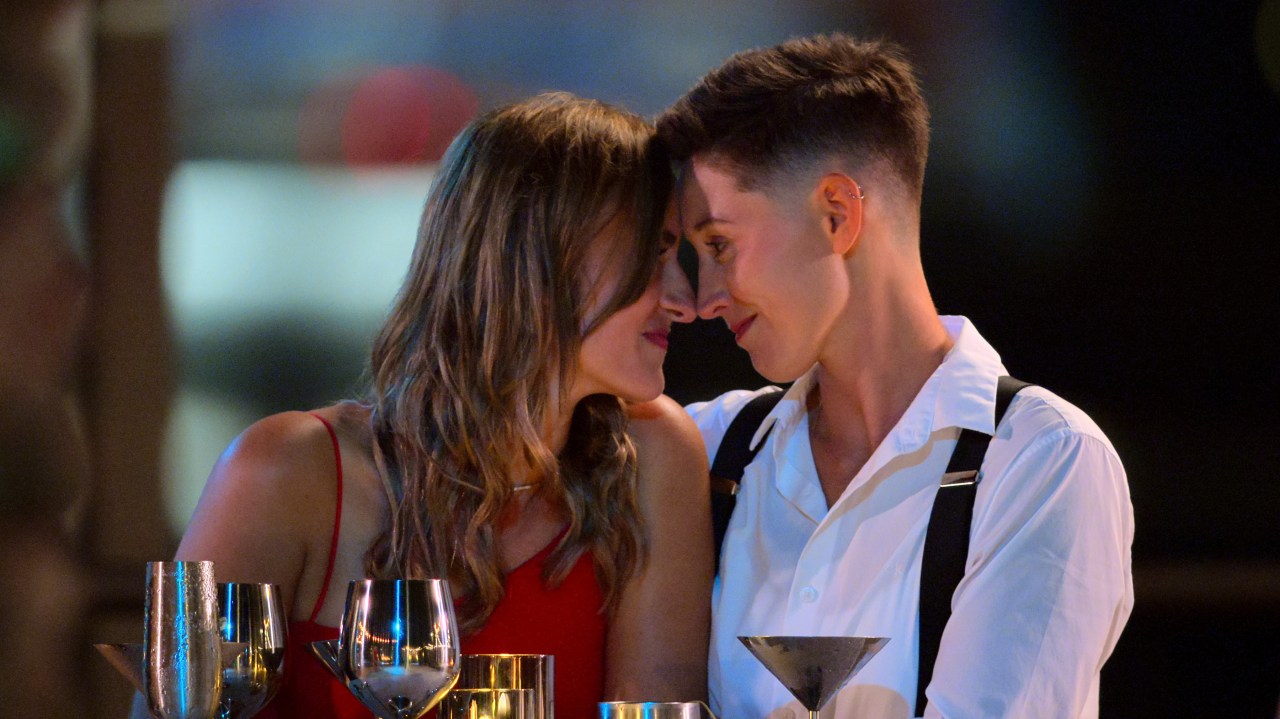
Why Netflix’s ‘The Ultimatum: Queer Love’ Will Always Be Better Than The Hetero Version
The best part of Pride Month is that we are blessed with queer media, such as The Ultimatum: Queer Love.
(Okay, I can admit the best part of Pride Month isn’t a Netflix series, but it’s still a damn good show!) Viewers were eagerly awaiting Season 2, which was released on June 25, 2025, over two years after the first season of the queer edition. Meanwhile, the original straight version of The Ultimatum has churned out three seasons within three years, making us yearn for more women-centric queer stories.
When The Ultimatum first came out, reality romance fans ate it up, despite questioning the concept. Basically, one person gives their partner an ultimatum: get married or break up by the end of the show’s cycle. The kickstart the process, they “break up” and enter into a 3-week trial marriage with a different participant before going back to their original partner for another 3-week trial marriage. It’s an absurd premise—break up with your partner so you can decide if you’re ready for marriage!—but in the queer version, it makes for some truly electric television.
The original hetero version of The Ultimatum focuses on too many played-out tropes.
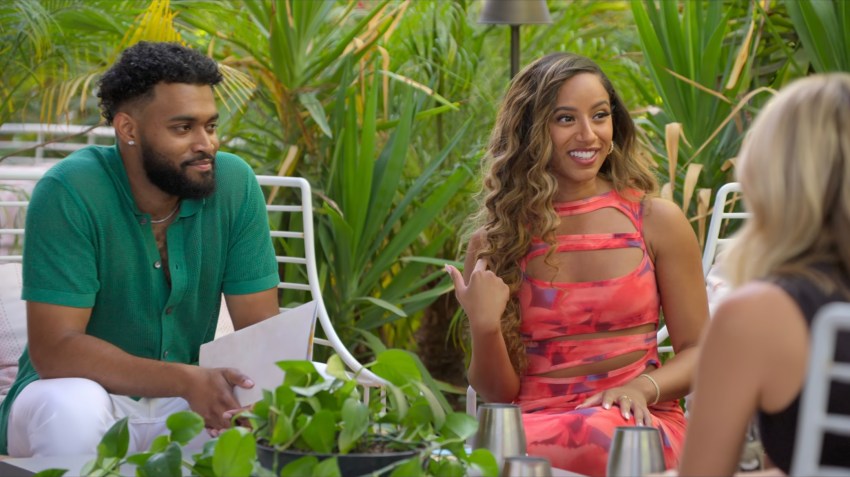
More often than not, in the straight version of The Ultimatum, women issue the ultimatum while men are the receivers, playing out the playboy trope versus the historically-driven tradition that women just want to settle down, get married, and have kids. While some couples have broken this mold, The Ultimatum still plays out offensive stereotypes: non-committal men, attention-seeking women, and toxic relationships that would benefit more from couples therapy than an ultimatum.
In television and movies, we’ve seen women talk about their “biological clocks” (although no one’s biological urges are more memorable than Marisa Tomei’s in My Cousin Vinny). We’ve seen men go on their “last hurrahs” before settling down. Netflix’s casting department found couples willing to put their dysfunctional relationships on blast for the public to scrutinize while coupling up with someone else, a clear cry for fame over successful love.
The Ultimatum: Queer Love presents more interesting dynamics than the hetero version.
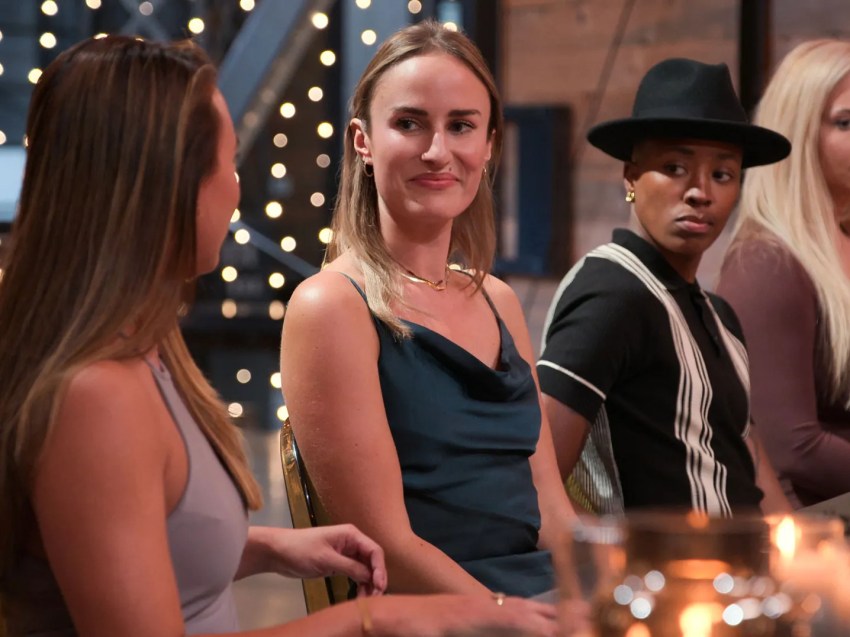
How many films and series are about heterosexual relationship? Too many to count. Whether the project is reality or fiction, the traditional struggles of heterosexual couples are tired. But in The Ultimatum: Queer Love, we’re finally able to explore some of the struggles queer couples face without sugar-coating them. As more queer stories are told in films and television, we want more vulnerability—shows like Love, Victor and Heartstopper are beautiful, wholesome shows that explore some queer struggles, but they’re still painted with the romanticized brush of fiction.
The Ultimatum: Queer Love is one of the few reality shows that focuses not only on queer relationships, but on queer relationships between women and non-binary people. While straight couples may struggle with familial dynamics, queer couples often have to deal with families and communities who don’t accept them for who they are. How do you navigate accepting the ultimatum when your parents still refuse to walk you down the aisle, such as in Pilar’s case?
These dynamics are more compelling than those on the original Ultimatum. Beyond that, because everyone in Queer Love identifies as female/non-binary, everyone is fair game, which means there are far more possible connections, and more opportunities for participants to form actual genuine connections with their trial marriage partners.
In the straight version, the participants are more reticent to cross boundaries, and have more trouble when it comes to connecting emotionally. But in the queer version, the dating period mirrors many queer circles—it’s common for queer women to date within their circles, stay friends with their exes, and form friendships that teeter on romantic. While the act of dating within the same circle may be both normal and entertaining, the added element of timing and marriage complicates the relationships on The Ultimatum: Queer Love.
Straight relationships often assume marriage, with the normal trajectory of date for a few years, get married, move to the suburbs, have babies, and retire with a 401(k) intact. But queer people don’t just date differently, part of what makes someone queer is their defiance against societal norms and expectations. Placing queer relationships into the box of a heteronormative timeline forces viewers to question their own romantic life expectations, while showing that marriage isn’t the only way to show you love someone.
The messiness of The Ultimatum: Queer Love makes it more bingeworthy than the original.
Because the concept of The Ultimatum is so absurd, it’s rare for the first trial marriage partners to cross boundaries or cause actual complications in their relationships. Often in the hetero version, people realize in their trial marriages that they have it better with their original partners. But in the queer version, genuine connections are formed thanks to the participants’ abilities to communicate more clearly and open their hearts. The long-standing lesbian U-Haul stereotype is at the crux of what makes The Ultimatum: Queer Love work—the idea that when women fall in love, they fall hard and move in straight away is what actually plays out in Queer Love.
The stereotype may not be true for all queer-femme relationships, and we never want to reduce anyone to a stereotype, but it comes from the idea that women are, more often than men, able to jump headfirst into a connection. Women have been taught and raised with the idea that we’re supposed to be with and rely on someone else—only one or two hundred years ago, fathers were paying dowries to their daughters’ potential husbands. In 2025, we have surpassed the idea that our parents need to “give us away” at the wedding, long surpassing dowries and the acceptance that used to be required.
Queer Love reminds us that marriage is just about celebrating two people in love. The problem, however, is that the women on the show are genuinely open to forming new connections. And because the lines of friendship and romance can so easily be blurred, love triangles and affairs are more rife than in the hetero version. No one watches reality television to see a bunch of happy relationships come to a happy solution; we want the drama! And The Ultimatum: Queer Love delivers.
The Ultimatum: Queer Love incorporates an emotional intelligence often missing from The Ultimatum.
One of the benefits of an all female/non-binary cast is that everyone has a shared experience, especially when everyone is queer. Because of this, many of the cast members have learned how to adapt and navigate their way through a world that doesn’t always respect or accept them for who they are. Before and during the show, they are coming to terms with their identities as related to their partners and vocalizing this in a way that’s relatable to anyone, gay or straight. Queer Love features a higher level of communication, eloquence, and self-reflection — in Season 2, several people have “acted out,” but unlike cast members in the hetero Ultimatum seasons, they have taken accountability and grown from the experience.
Don’t get it wrong, we understand that men also have the capacity to grow and communicate. The problem is that Netflix’s casting department likes feeding into tropes to make more dramatic and perhaps relatable television, but all this does is isolate anyone not in a traditional and straight relationship seeking a traditional lifestyle. Single people, queer people, polyamorous people, artists, and people who simply want to live an alternative lifestyle are able to find solace in The Ultimatum: Queer Love.

